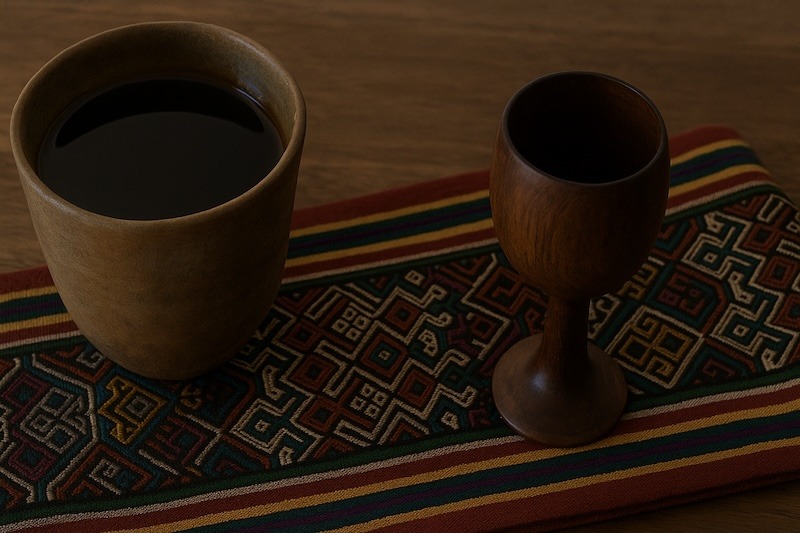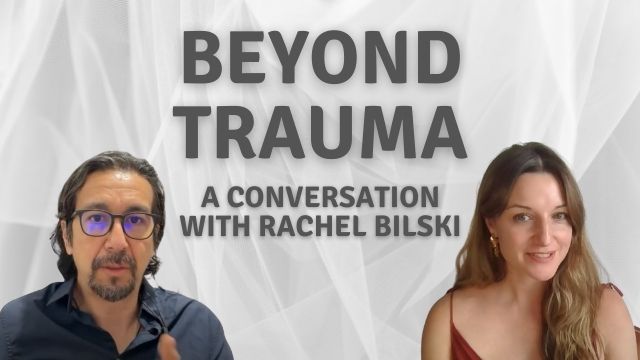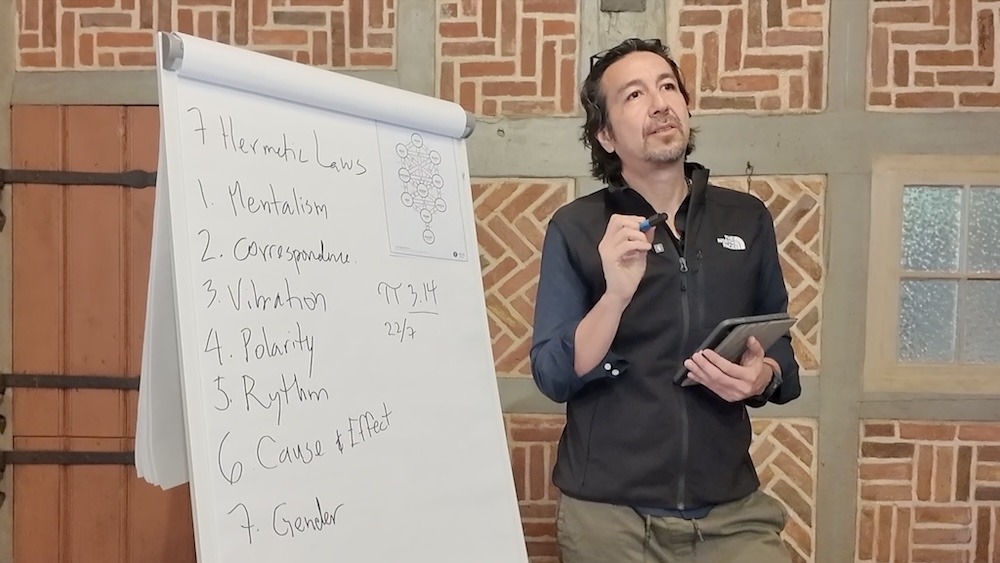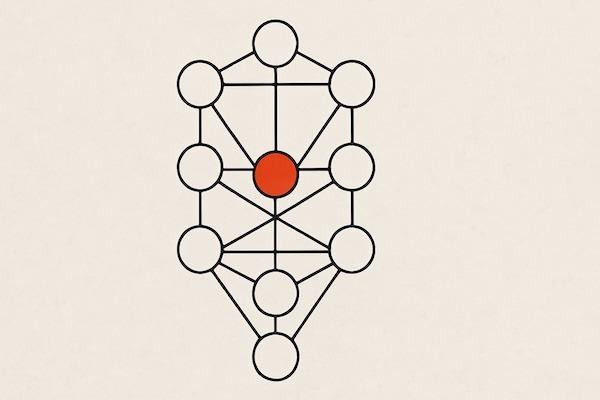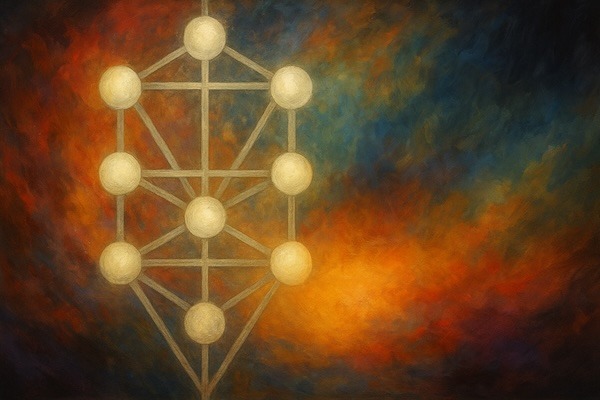This article is an adaptation from Lisa Bieberman’s 1967 manual “Session Games People Play,” originally written for LSD sessions. This version brings her timeless psychological insights into the modern context of entheogenic healing, especially within Ayahuasca retreat settings.
Here is a link to the original document, “Sessions Games People Play” https://www.luminist.org/archives/session.htm
Introduction: Why Psychological Preparation Matters
In the rising wave of modern interest in ancestral medicines like Ayahuasca, we often focus on the miraculous: trauma healed, hearts opened, insights delivered. But there is a lesser-known, subtler layer to every entheogenic experience—one that can make or break its potential for transformation.
This is the realm of psychological games: ego patterns, unconscious defenses, and subtle forms of resistance that surface when we enter the ceremonial space. These games aren’t malicious. Most of the time, they’re instinctive responses to fear, uncertainty, and the confrontation with parts of ourselves we’d rather avoid.
Understanding these dynamics is essential not only for seekers, but for facilitators, therapists, and guides alike. The medicine may open the doors—but it’s our psychological posture that determines whether we walk through them or retreat back into familiar strategies of avoidance.
The Inner Architecture of a Ceremony
When we enter a ceremony, especially with strong entheogens like Ayahuasca, Bufo alvarius, or San Pedro, we aren’t just consuming a plant—we’re stepping into a temporary dissolution of the ordinary self.
In this altered state, the ego scrambles to regain control. It does so through a range of ceremony games, psychological maneuvers that seem justified in the moment but often sabotage the process.
Let’s explore some of the most common.
1. “Get Me Out of This”
At the peak of intensity, the mind panics. “This is too much. I shouldn’t have done this.” Some try to leave the room, reach for facilitators, or resist the unfolding with tension and fear.
But the paradox is clear: what you resist, persists. Surrender—not control—is the path through.
2. “This One Doesn’t Count”
Sometimes a ceremony feels confusing or uneventful. It’s tempting to dismiss it as a fluke or “not working.”
But these sessions are often the most valuable. The medicine may be working in subtle, non-visual ways—clearing trauma, surfacing memories, or simply preparing your system for deeper work.
3. The “Therapy Couch” Game
Some people approach the toma session like a psychotherapy session. They narrate their process, analyze others, or dominate the integration round with long intellectual interpretations.
But Ayahuasca is not talk therapy. It works beyond language—through visions, body sensations, archetypes, and emotion. The deepest healing often occurs in silence.
4. “The Drunk” or “The Clown”
Defense through humor is common. Some crack jokes, maniacally laugh, giggle excessively, or distract others.
These behaviors often emerge from discomfort with vulnerability. The sacred space becomes a stage. But beneath the performance is often a child terrified of being seen.
5. “Mind Reader” and “Messiah” Traps
During ceremonies, people sometimes believe they can read others’ minds, channel universal truth, or are being called to save the world.
These experiences can feel intensely real, but they are also fertile ground for spiritual inflation—the ego co-opting the sacred to feel special or superior. Integration requires humility, not grandiosity.
6. “Let’s Have an Orgy”
Ayahuasca is a heart-opener, but not a sexual enhancer. Feelings of connection or love can easily be confused for erotic energy. Inappropriately acting on these impulses damages the container.
Ceremony is about relating to others as souls, not objects of desire.
7. “Us vs. Them”
After powerful experiences, it’s easy to fall into judgment: “People in the outside world is asleep,” or “Only those who drink medicine are conscious and awake.”
This spiritual elitism alienates us from society—and from ourselves. True integration means rejoining the world, not separating from it.
Integration: Where the Real Work Begins
A common mistake is assuming that the work ends when the music stops. In truth, the ceremony continues in the days, weeks, and months that follow.
- Do you act differently?
- Are your relationships changing?
- Are you gentler, braver, more truthful?
The medicine shows you the door. But you must walk through it—daily, repeatedly, and often imperfectly.
Final Words: Psychedelic Maturity
Psychedelic maturity is not how many ceremonies you’ve done or how wild your visions were. It’s your capacity to:
- Sit in silence without running.
- Let go of control when the storm comes.
- Integrate your insights into real-life behavior.
- Respect the boundaries of others.
- Live your truth without preaching it.
In short, it’s about learning to be human again—fully, consciously, and with presence.
The next time you sit in ceremony, ask yourself not what the medicine will show you, but what part of you is playing a game to avoid receiving it.
To learn more about entheogen integration, trauma-informed facilitation, and conscious personal development, explore our resources and upcoming trainings at TranscendentPsychology.com.

